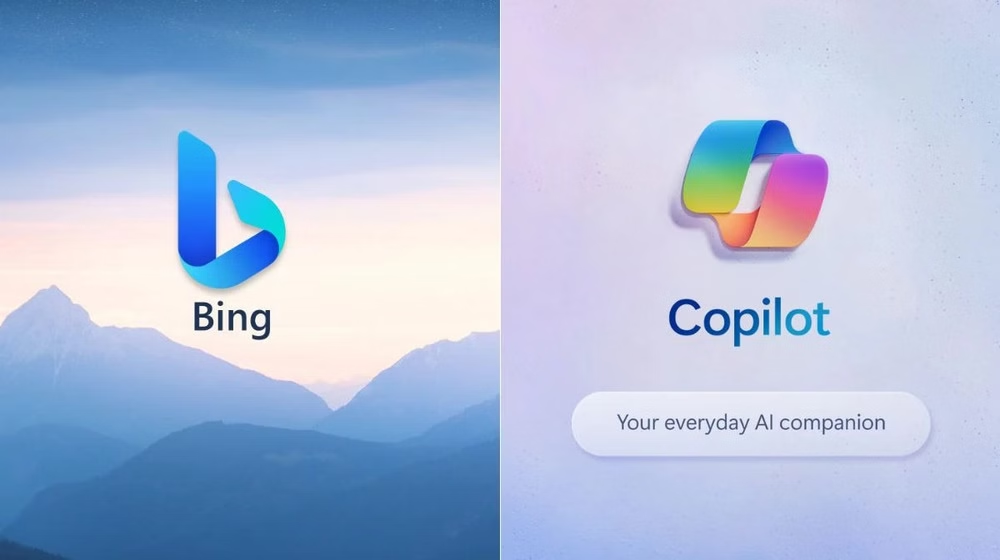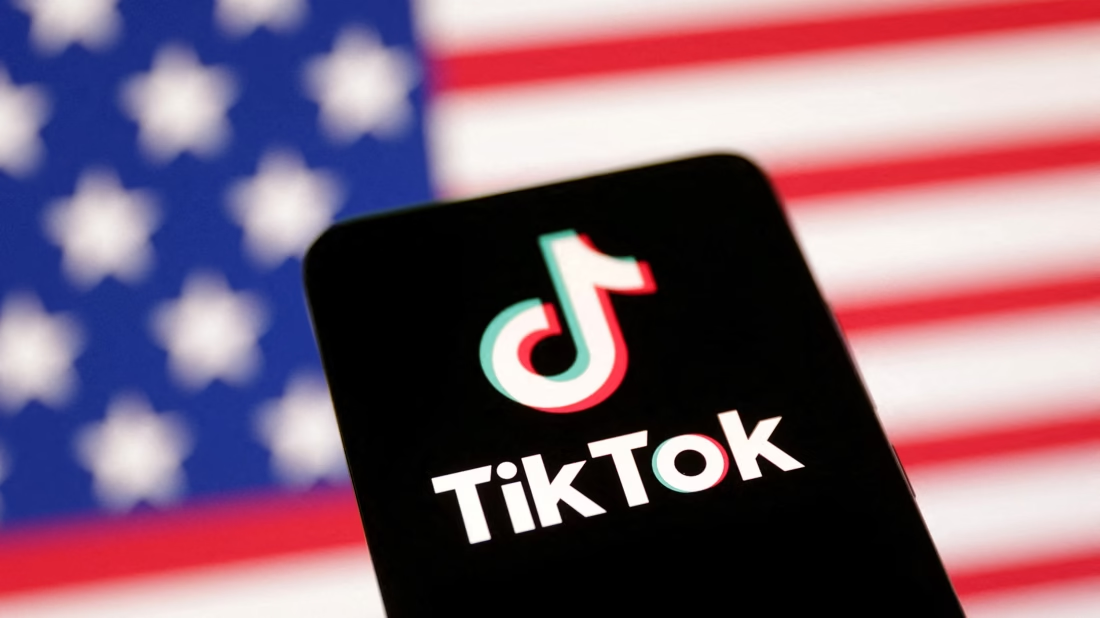The launch of Microsoft MAI-Image-1 marks a major milestone in the company’s growing portfolio of in-house artificial intelligence technologies. As Microsoft continues expanding its AI ecosystem, this new image-generation model stands out for its focus on speed, quality, and visual realism. First announced in October and now available through Bing Image Creator and Copilot Audio Expressions, the model is set to reach more regions soon, including the European Union.
According to Microsoft’s head of AI, Mustafa Suleyman, Microsoft MAI-Image-1 excels at producing detailed visuals, especially images involving food, natural landscapes, artistic lighting styles, and photorealistic scenes. These strengths position the model as a powerful choice for creators, designers, marketers, and everyday users who want high-quality image results without long processing times.
In its blog post announcing the rollout, Microsoft emphasized that Microsoft MAI-Image-1 was designed around two key pillars: quality and speed. Unlike many large-scale image models that take time to generate complex visuals, this new model focuses on rapid production without compromising creativity or detail. Microsoft highlighted that it can accurately process challenging visual elements such as light reflection, bounce lighting, and fine textural details—features typically associated with significantly larger models.
One of the major benefits of Microsoft MAI-Image-1 is its ability to reduce waiting time. Users often experience delays or system slowdowns when working with heavy AI models, especially when handling large prompts or sophisticated creative concepts. Microsoft’s model addresses this problem by providing fast output while preserving artistic accuracy. This allows users to move quickly from idea to finished image and refine their work more efficiently.
The model is also integrated into Copilot’s Audio Expressions, a feature that combines storytelling with AI-generated visuals. In this “story mode,” users receive audio narration supported by dynamically created images that match the narrative. This integration demonstrates Microsoft’s vision for multimodal creativity—where audio, text, and visual content work together using unified internal models.
The launch follows Microsoft’s broader strategy to build its own library of foundational AI tools. Earlier this year, the company introduced MAI-Voice-1, its first speech model, and MAI-1-preview, a text-based AI designed for future integration into Copilot. With Microsoft MAI-Image-1, Microsoft expands its internal model lineup into the visual domain, signaling a long-term plan to reduce reliance on third-party models and strengthen its independent AI infrastructure.
Despite this shift, Microsoft continues to collaborate closely with partners such as OpenAI and Anthropic. Bing Image Creator now gives users three model choices: Microsoft MAI-Image-1, OpenAI’s DALL-E 3, and GPT-4o’s image capabilities. Meanwhile, the Copilot chatbot has begun using OpenAI’s GPT-5, offering users additional flexibility and variety. This hybrid approach allows Microsoft to provide a wide range of creative options while gradually building and showcasing its own AI strengths.
Microsoft has not yet confirmed whether Microsoft MAI-Image-1 will expand into more products or be integrated more deeply across Windows, Office, or other platforms. However, its initial rollout suggests that the company intends to test performance, user feedback, and scaling capabilities before expanding availability. With image generation playing a central role in digital content creation—from marketing and branding to gaming, storytelling, and social media—Microsoft’s move to develop a fast and reliable internal model is strategically significant.
The timing of this release is equally important. As global tech companies accelerate their AI development efforts, competition is rapidly increasing in the fields of generative art, visual storytelling, and multimodal creativity. By launching Microsoft MAI-Image-1, Microsoft signals its commitment to innovation and its readiness to challenge established players in the visual AI market.
User experience also stands at the core of this model’s design. Faster turnaround times mean users can experiment more, iterate freely, and produce polished visuals without technical interruptions. With growing demand for AI-assisted content creation, especially among professionals and digital artists, the combination of speed and detail is becoming a critical factor in choosing the right tool.
As Microsoft continues refining its AI ecosystem, Microsoft MAI-Image-1 represents not just a technological achievement but a broader direction for the company—one where creativity, efficiency, and internal innovation come together. Whether for personal use, professional projects, or integrated AI workflows, this new model is likely to play a key role in shaping the next generation of visual content creation.



